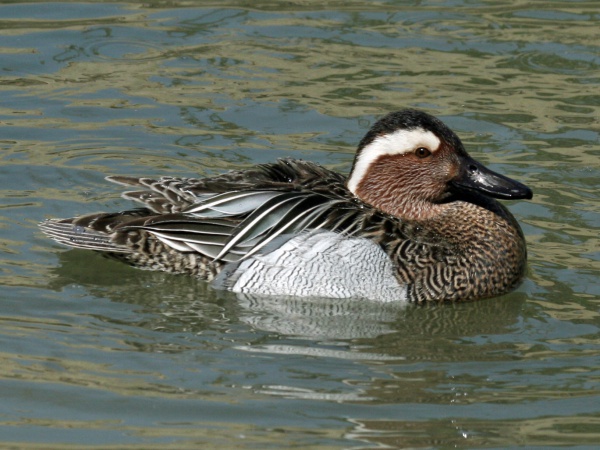Facts About Garganey
The garganey is a charming dabbling duck native to Europe and the Palearctic region. These ducks are remarkable travelers, migrating to southern Africa, India, Bangladesh, and even Australasia during the winter months. First described by Carl Linnaeus in 1758, garganeys are known for their wader-like flight and their preference for breeding in marshes and lakes.
Initially, scientists classified the garganey in the genus Anas, but it has since been reclassified to the genus Spatula. The name "garganey" has interesting origins, derived from the Lombard language and referring to the bird's tracheal artery.
Male garganeys are easily identifiable with their striking brown head and breast, a distinctive white crescent over the eye, and grey body plumage. Females, on the other hand, can be distinguished from similar ducks like the common teal by their unique facial markings and specific behaviors. Unlike some other ducks, garganeys feed by skimming the water surface rather than upending.
In the British Isles, garganeys are rare breeders, primarily found in Norfolk and Suffolk. They are protected under the Agreement on the Conservation of African-Eurasian Migratory Waterbirds (AEWA) and are listed as "Least Concern" on the IUCN Red List.

 India
India